Introduction:
Preheating the oven is a common practice before baking, but many people wonder if it is really necessary. The purpose of preheating is to ensure that the oven reaches the desired temperature before placing the food inside. In this article, we will explore the importance of preheating the oven, the reasons behind it, and whether there are any exceptions to this rule. By understanding the role of preheating, you can achieve better baking results and make informed decisions when it comes to oven usage.
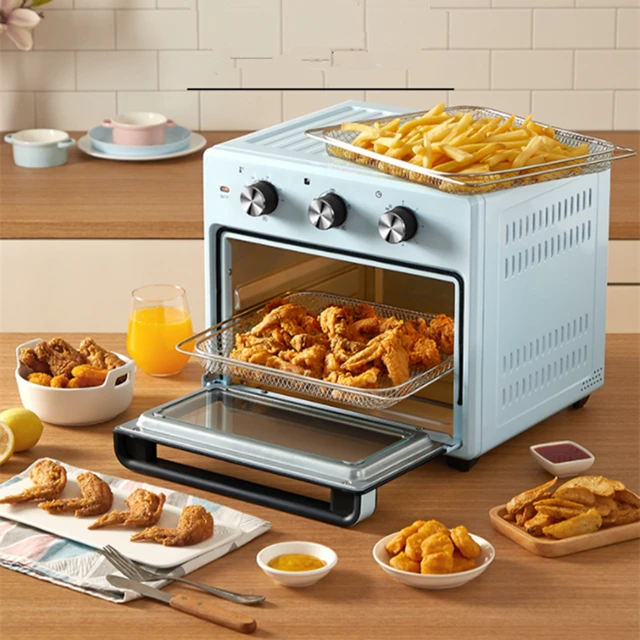
Is it necessary to preheat oven before baking?
Why Preheat the Oven?
a. Ensuring Proper Cooking Temperature: Preheating the oven ensures that it reaches the specified temperature called for in the recipe. Most baking recipes include specific temperature instructions to achieve the desired texture, browning, and cooking time. By preheating, you ensure that the oven is fully heated before placing the food inside, resulting in more accurate and consistent cooking.
b. Promoting Even Baking: Preheating helps distribute heat evenly throughout the oven. This allows the food to cook evenly from all sides, preventing uneven browning or undercooked areas. Without preheating, the initial part of the cooking process may lack the necessary heat, resulting in unevenly cooked or undercooked dishes.
The Science Behind Preheating:
a. Oven Temperature Fluctuations: When you turn on the oven, it takes some time for it to reach the desired temperature. During this time, the oven temperature can fluctuate, rising and falling as it tries to stabilize. By preheating, you allow the oven to reach a consistent temperature, reducing the chances of temperature fluctuations during the cooking process.
b. Proper Heat Transfer: Preheating ensures that the oven walls, racks, and heating elements are fully heated. This allows for better heat transfer to the food when it is placed inside the oven. If the oven is not preheated, the food may take longer to cook and not achieve the desired texture or doneness.
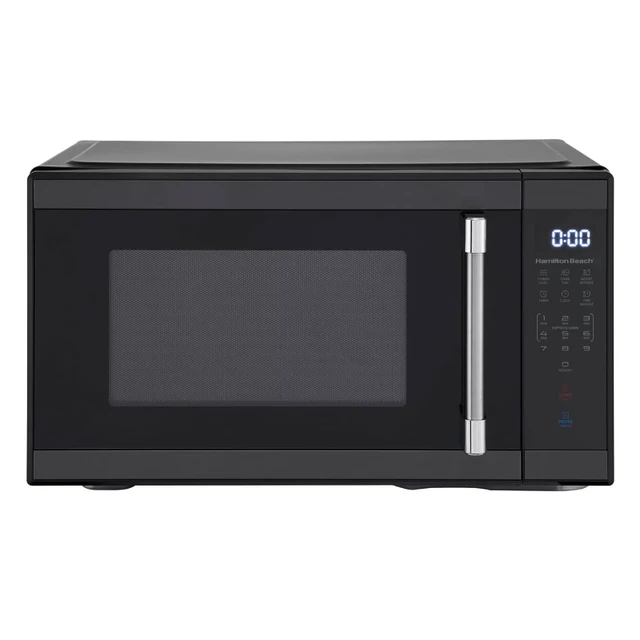
Exceptions to Preheating:
a. Certain Baked Goods: Some recipes, especially those involving delicate pastries or quick breads, may call for placing the food in a cold oven. This is done to promote a specific texture or rise in the baked goods. However, these exceptions are usually mentioned explicitly in the recipe and should be followed accordingly.
b. Long Cooking Times: Preheating is particularly crucial for recipes with short cooking times. However, for recipes that require longer cooking times, such as roasts or slow-cooked dishes, preheating may not be as critical. In these cases, the extended cooking time compensates for the initial heating period.
Benefits of Preheating:
a. More Accurate Cooking Time: Preheating the oven allows you to accurately estimate the cooking time required for a recipe. Since the oven is already at the desired temperature, the cooking time specified in the recipe is more likely to yield the desired results.
b. Improved Texture and Browning: Preheating the oven helps achieve the desired texture and browning on baked goods. The initial burst of heat promotes proper rise, browning, and crust formation, resulting in more visually appealing and flavorful dishes.
c. Reduced Risk of Undercooking: Preheating ensures that the food starts cooking immediately upon entering the oven. This reduces the risk of undercooking, especially for recipes with shorter cooking times.
Energy Efficiency Considerations:
a. Energy Consumption: Preheating the oven does consume additional energy. The duration of preheating and the specific oven model can affect the energy consumed. However, the additional energy used during preheating is generally minimal compared to the overall energy required for cooking.
b. Time Efficiency: Preheating can actually save time in the long run. When the oven is preheated, the food can start cooking immediately, resulting in more accurate cooking times and potentially shorter overall cooking times.
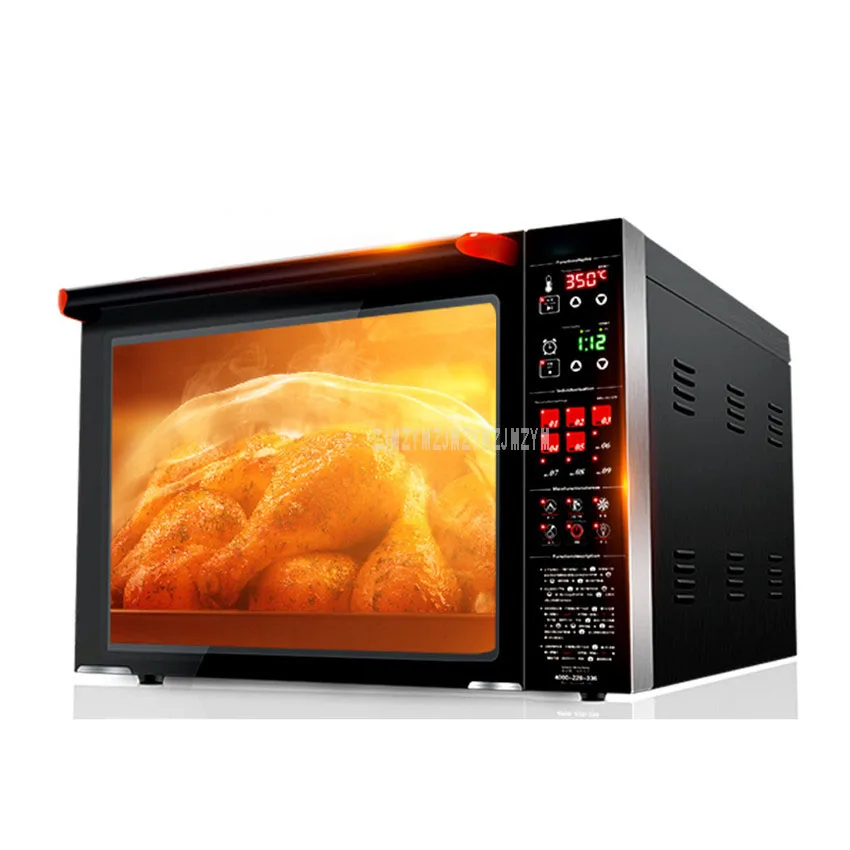
Tips for Preheating:
a. Follow Recipe Instructions: Always follow the recipe instructions regarding preheating. Most recipes specify whether preheating is necessary and at what temperature.
b. Give It Extra Time: Once the oven indicates that it has reached the desired temperature, it is advisable to give it an additional 10-15 minutes to ensure that the temperature is stable throughout.
c. Use Oven Thermometers: For more precise temperature control, consider using an oven thermometer. This will help you ensure that the oven is reaching and maintaining the desired temperature accurately.
d. Preheating with Convection: If you have a convection oven, preheating may take less time compared to conventional ovens. Convection ovens distribute heat more evenly and efficiently, resulting in faster preheating.
Common Misconceptions:
a. Preheating Takes Too Long: Some people avoid preheating because they believe it takes too much time. While preheating does add a few minutes to the cooking process, the benefits it offers, such as consistent cooking and better results, outweigh this minor inconvenience.
b. Preheating Wastes Energy: While it is true that preheating consumes additional energy, the amount used is relatively small compared to the total energy required for cooking. Additionally, preheating can actually lead to energy savings in the long run by reducing overall cooking time.
c. Skipping Preheating Speeds Up Cooking: Some individuals mistakenly believe that skipping preheating will speed up the cooking process. However, this can lead to uneven cooking and longer overall cooking times, as the oven needs time to reach the desired temperature.
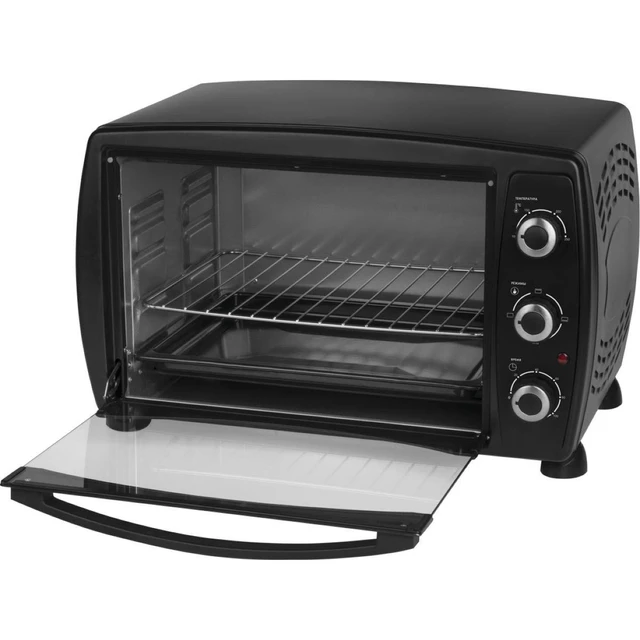
Preheating for Different Oven Types:
a. Gas Ovens: Gas ovens typically preheat faster than electric ovens due to the almost immediate heat production from the gas flame. It is still important to allow sufficient time for preheating to ensure that the oven reaches the desired temperature and that the heat is evenly distributed.
b. Electric Ovens: Electric ovens may take slightly longer to preheat because the heating elements require time to generate and distribute heat. However, advancements in electric oven technology, such as rapid preheating features, are reducing the preheating time for electric ovens.
c. Convection Ovens: Convection ovens have a built-in fan that circulates hot air, resulting in faster and more even preheating. The fan helps distribute heat more efficiently, reducing the preheating time and ensuring consistent temperature throughout the cooking process.
Adjusting Preheating for Specific Recipes:
a. Delicate Pastries: Some delicate pastries, such as puff pastry or croissants, may require placing the dough in a cold oven to preserve their flakiness. However, this technique is specific to certain recipes and should not be used as a general rule.
b. Casseroles and Baked Dishes: Recipes that involve baking casseroles or baked dishes, like lasagna or gratins, may not require preheating. In these cases, the dish can be placed in a cold oven and allowed to cook gradually as the oven heats up. This technique can be useful for dishes that benefit from longer cooking times and slow, even cooking.
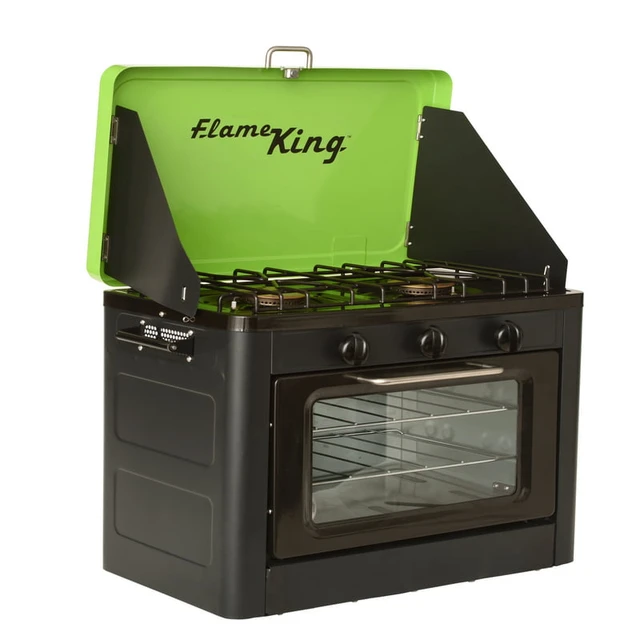
Conclusion:
While there may be exceptions for certain recipes or long cooking times, preheating the oven is generally necessary for achieving consistent cooking results. Preheating ensures that the oven reaches the desired temperature, promotes even heat distribution, and allows for proper heat transfer to the food. It enhances the accuracy of cooking times, improves texture and browning, and reduces the risk of undercooking. By following recipe instructions and taking energy efficiency into consideration, you can make the most of your oven and create delicious, perfectly cooked dishes.

